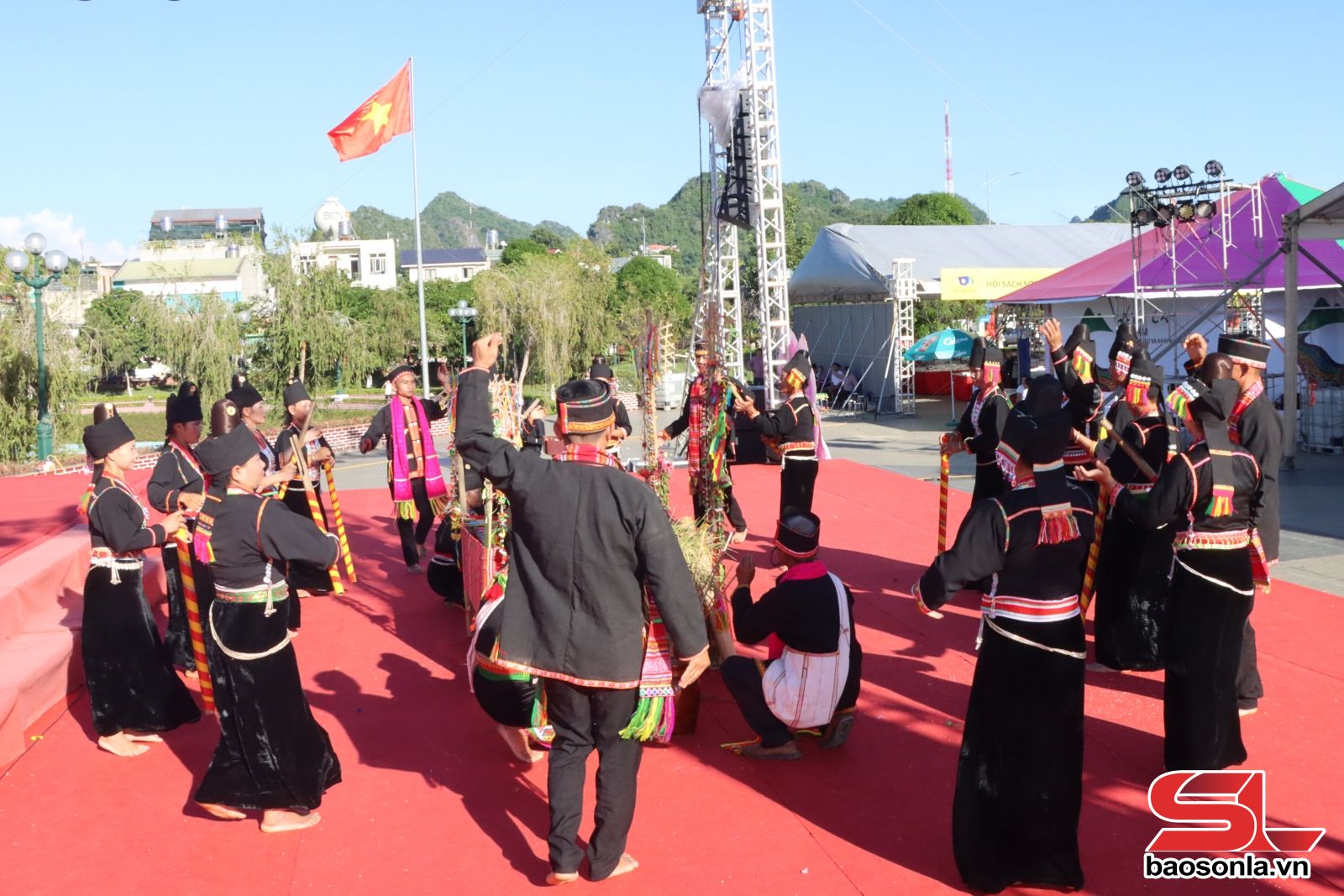
A performance reenacting the new rice celebration ritual of the Kho Mu ethnic group from Thuan Chau commune at the 2025 Thai Xoe Art Festival.
Each year, the provincial Department of Culture, Sports and Tourism works with the Department of Ethnic and Religious Affairs to review and propose funding allocations from Programme 1719 for activities aimed at preserving and promoting traditional cultural values linked with tourism development. The province encourages community participation in cultural preservation, strengthens training for grassroots cultural officials, artisans, and respected community figures in passing down folk performing arts, and develops signature tourism products to build a distinctive Son La cultural identity that captivates both domestic and international visitors.
Between 2021 and 2025, Son La’s Department of Culture, Sports and Tourism, in coordination with local authorities, has organised 17 training courses on intangible cultural heritage and traditional arts. The province has studied and preserved endangered cultural practices such as the Moi Festival of the Muong and traditional crossbow shooting and tu lu spinning of the Mong; developed cultural lifestyle models for Mong communities in Van Ho commune and Thai communities in Yen Chau commune; established 10 folk culture clubs; and supported 70 traditional art troupes in ethnic minority areas.
The department has also compiled and published books including “The Traditional Cultural Beauty of Son La’s Ethnic Minorities” and “Preserving and Promoting the Cultural Values of the Thai People in Son La amid International Integration.”
In parallel, restoration efforts have been carried out at historical and cultural sites such as Muong Va Tower in Sop Cop commune, the Vietnam–Laos Revolutionary Relic Site in Phieng Khoai commune, the Temple of King Le Thai Tong, Moc Ly Fort, and the Pha Din Pass historical site.
Working with media outlets, the department has produced two documentaries showcasing tourist destinations in Ngoc Chien, Muong La, Ta Xua, and Bac Yen; hosted a workshop on developing tourism products in ethnic and mountainous areas; aired travel features on VTV3; and supported the preservation and investment in the traditional Ta So hamlet in Moc Chau commune.
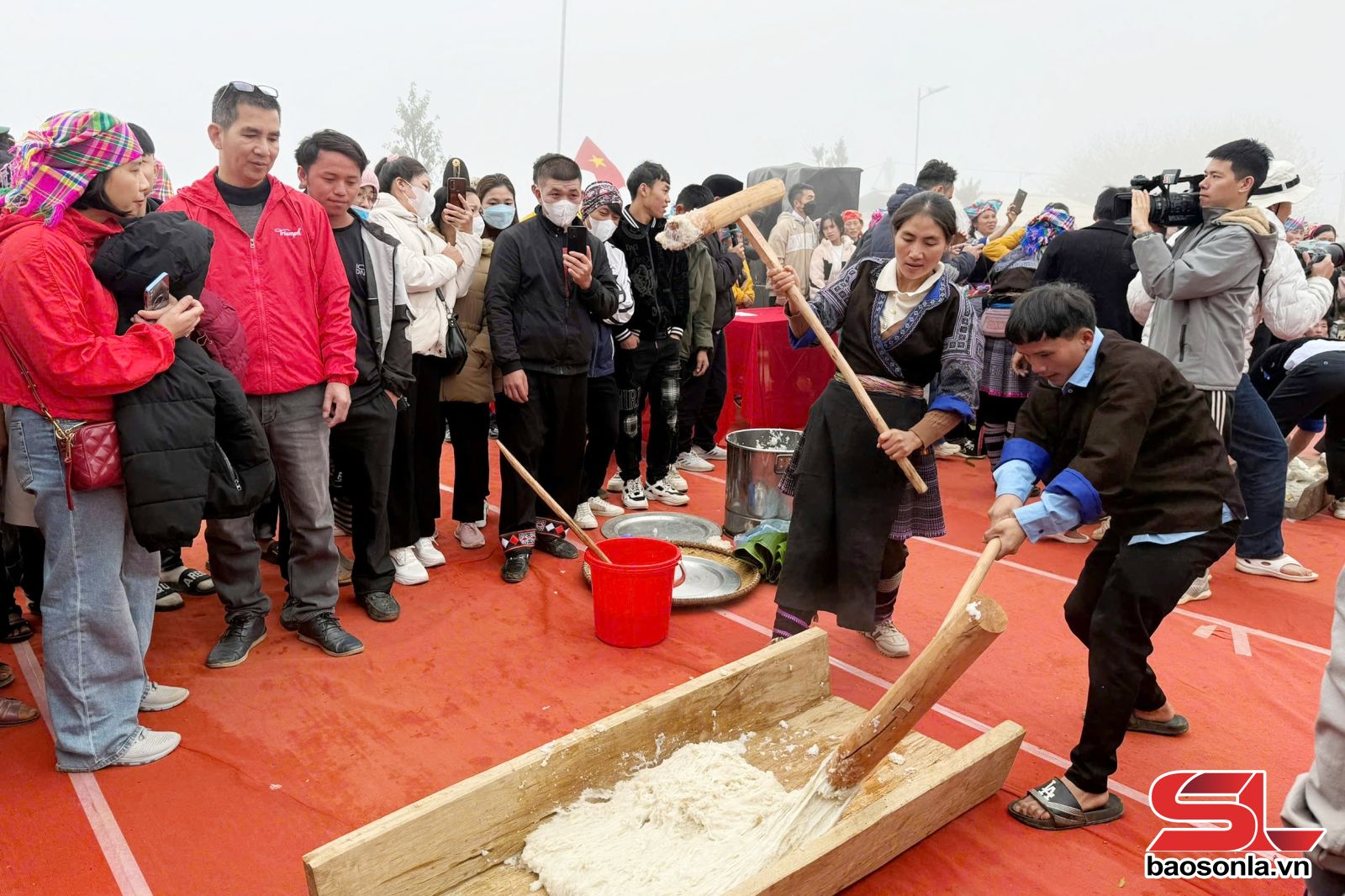
Visitors experience pounding banh giay (round glutinous rice cake) in Nam Nghiep hamlet, Ngoc Chien commune.
Using funds from Programme 1719, the Department of Culture, Sports and Tourism has supported the construction of 20 cultural and sports facilities and provided 576 sets of equipment for ethnic and mountainous hamlets. The department has also built and renovated 191 communal cultural houses, with a total investment of over 200 billion (7.6 million USD), helping raise the proportion of hamlets with community centres to 95.43%, equivalent to 2,320 hamlets now having cultural houses and traditional art troupes.
More than 95% of Ngoc Chien commune’s population are Thai, Mong, and La Ha ethnic minorities. Under the 2022–2025 project to preserve and promote traditional cultural values of ethnic groups in tandem with tourism development, the commune received over 300 million VND (11,392 USD) to support local art troupes, purchase cultural equipment for hamlets, and organise traditional events such as the New Rice Celebration, the La Ha people’s Pang A Festival, and the buffalo worship ritual.
Through community contributions, the commune also mobilised around 6 billion VND to build and upgrade spiritual and cultural tourism sites including Don Ho Church, the sacred Sa Mu tree, Xu Cong, and Coc No Xi Tu.
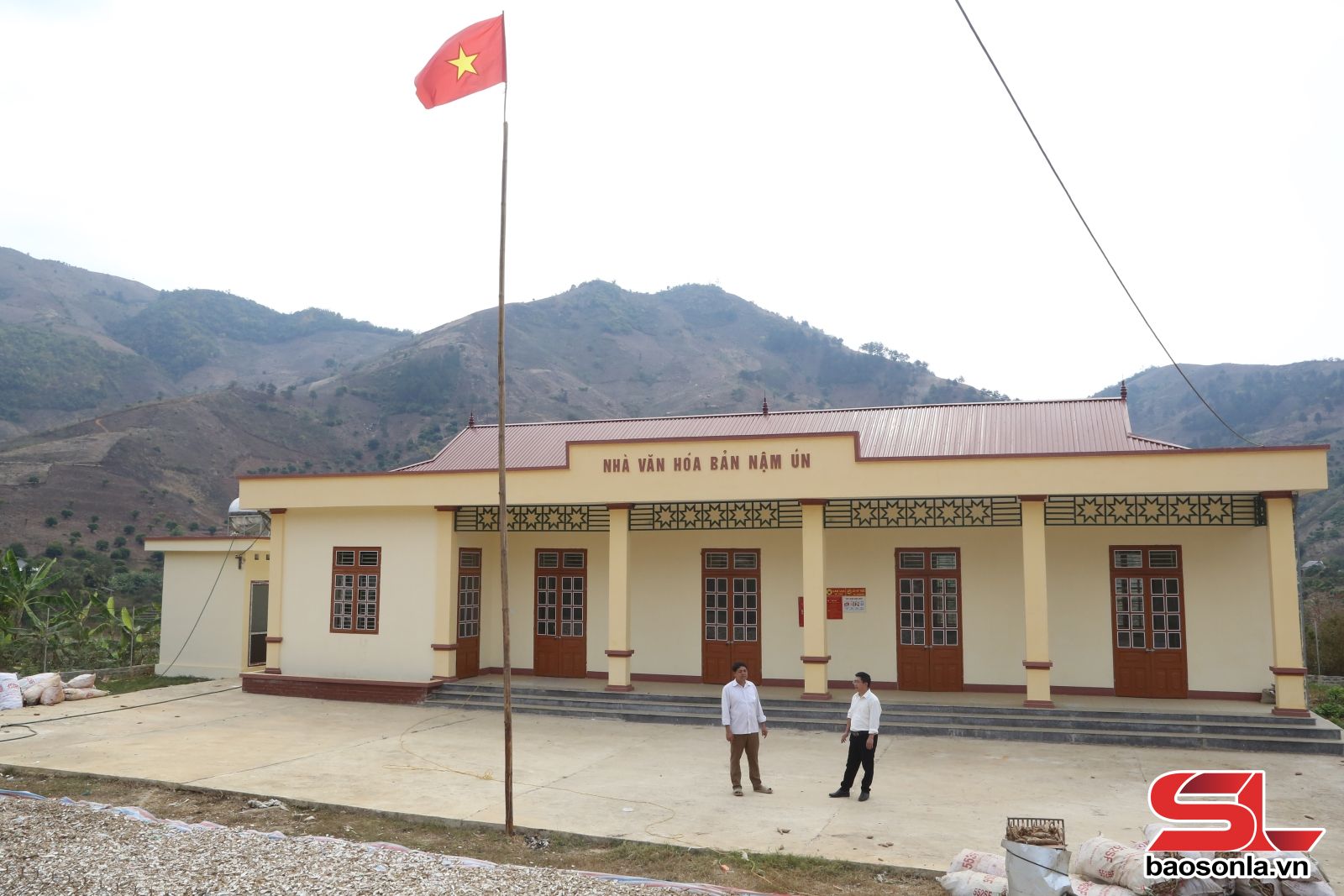
The Nam Un hamlet cultural house in Song Ma commune is built under Programme 1719.
Nguyen Minh Tuan, Secretary of the Ngoc Chien commune Party Committee, said the commune continues to preserve its folk traditions, with one Then singer, 35 Thai folk singers, 51 tinh tau gourd lute players, 46 panpipe players, and 15 flute and leaf-horn players. Locals have also collected 11 historical and cultural legends and trained tourism guides. Many traditional festivals have been revived, helping the commune attract more than 120,000 visitors each year, with tourism revenue ranging from 8 billion VND to 10 billion VND.
The outcomes of projects under Programme 1719 have helped drive socio-economic growth and improve the spiritual well-being of ethnic communities. Many localities have made strong strides, emerging as attractive tourist destinations that both preserve and promote cultural heritage while advancing economic development, reducing poverty sustainably, building new-style rural areas, and eliminating outdated customs.






(1).jpg)
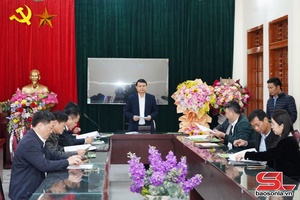









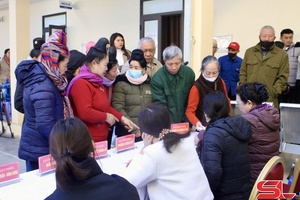





You have 500/500 characters left
Please enter 5 or more characters!!!